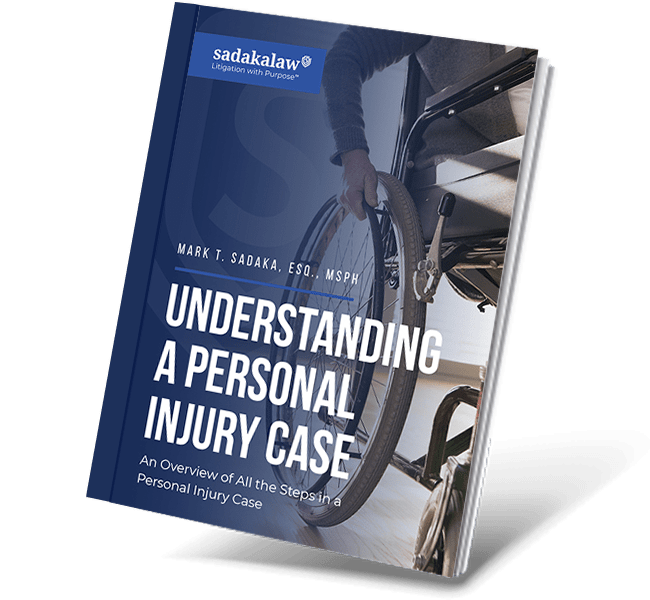
It took years of fighting for the Natural Resources Defense Council (NRDC) to get a victory in court and successfully get ban on using the pesticide chlorpyrifos. A court order was given by the 9th Circuit Court of Appeals demanding the EPA ban the pesticide. It has been proven to cause damage during a child’s neurodevelopmental stages. Many long-term studies have shown how children exposed to chlorpyrifos are at a greater risk for learning disabilities, delays in development as well as a lower IQ and more. Prior to the court’s ruling, other states including Hawaii unsuccessfully fought alone in the court system to ban chlorpyrifos.
NRDC
The NRDC is a coalition. It is composed of health and labor organizations. The court found the EPA was guilty of violating the law by disregarding established scientific evidence concerning chlorpyrifos. This includes some evidence identified by the EPA. The evidence clearly demonstrated that chlorpyrifos does cause harm to any child who consumes some type of produce that had been treated with this chemical agent. It also showed how even relatively small amounts of ingestion of this chemical could result in developmental problems for children. Many believe this ban should have been done a long time ago.
EPA
The decision is a major blow to the EPA. This federal agency denied a petition earlier by different environmental groups asking that chlorpyrifos no longer be permitted to be used on food crops. Last year, the EPA gave an order that enabled chlorpyrifos to continue being utilized for agricultural use. Chlorpyrifos is an organophosphate insecticide that has been used by farmers since the 1960s. It has often been used when growing crops like cranberries, broccoli and more. The court acknowledged the decision by the EPA to continue using chlorpyrifos is against the EPA’s own scientific recommendations.
Appeals Judge
A Seattle-based appeals court judge instructed chlorpyrifos to be banned within 60 days after the ruling. The judge stated the EPA failed to provide any type of scientific information that would contradict the scientific evidence of chlorpyrifos causing neurodevelopmental harm to children. The judge also blamed the EPA for ignoring the agency’s own risk assessment concerning chlorpyrifos as well as incorrectly stating the court did not have the jurisdiction to decide on the ban of a chemical agent.
Household Use
In 2000, there was concern that chlorpyrifos could harm a person’s brain and nervous system. At this time, the EPA was considering a ban on the household use of the insecticide. Using it for commercial agricultural purposes continued to be permitted. Some scientists during this time believed that chlorpyrifos could be used safely in small quantities.
Annual Testing Reports
Reports generated annually by the Department of Agriculture (DOA) illustrated the harmful effects of residue from chlorpyrifos on different crops. These reports showed how even low amounts of exposure could do harm to children in the womb. During recent congressional hearings, the EPA downplayed the 9th Circuit Court of Appeals decision. The agency stated research on the effects of chlorpyrifos is ongoing. The EPA expressed their need to provide regulatory certainty to the many of American farms who use chlorpyrifos on their crops as well as protect the environment and people’s health.
Since 2007, the courts and the EPA have been considering a ban on chlorpyrifos. After the ruling, the representatives from the NRDC stated they believed children are too important to play politics with their health. Many parents are feeling relieved with the court’s ruling. They believed the 2-1 decision by the 9th Circuit Court of Appeals was a victory for all parents. This means parents can now let their kids eat vegetables as well as fruit and not worry it will harm them.
Learn more about Hazardous Chemical Lawsuits.


